Harvest Lane Honey Beehive Medium Super Complete with 10 Frames & Foundation, 16-1/4 in. x 19-7/8 in. x 6-5/8 in.
Ready for use in your hive, the Harvest Lane Honey Medium Beehive Bee Box with 10 Frames & Beehive Wax Foundation is used for honey production. It’s added after the deep boxes are full and honey production has begun. You will continue to add medium boxes until you are ready to extract honey. It fits the standard Langstroth beehive design.
Ready for use in your hive, the Harvest Lane Honey Medium Beehive Bee Box with 10 Frames & Beehive Wax Foundation is used for honey production. It’s added after the deep boxes are full and honey production has begun. You will continue to add medium boxes until you are ready to extract honey. It fits the standard Langstroth beehive design.
- Used for honey production and is added after the deep boxes are full
- Comes 100% assembled and ready to use
- Made of USA quality lumber farmed by renewable foresters
- Primer and painted with 2 coats of exterior white paint for a high-quality finish
- Medium box includes 10 frames with beehive wax foundation
- Fits with standard 10-frame Langstroth beehive equipment
Additional information
| Product Type | Beehive Foundations, Beehive Frames |
|---|---|
| Compatibility | Langstroth 10 frame hives |
| Primary Color | White |
| Primary Material | Other |
| Product Height | 7 in. |
| Product Length | 17 in. |
| Product Weight | 12 lb. |
| Product Width | 21 in. |
| Manufacturer Part Number | WWBCM-102 |

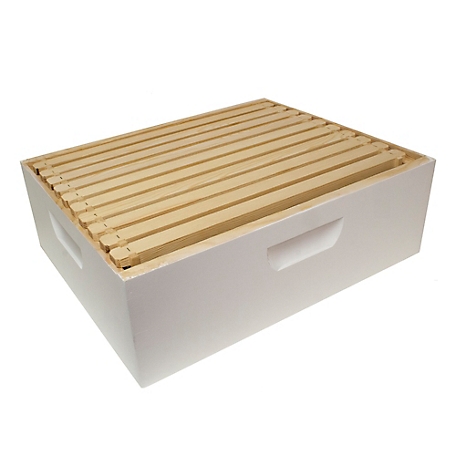
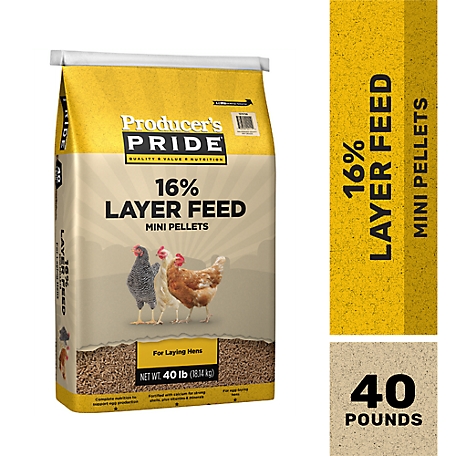
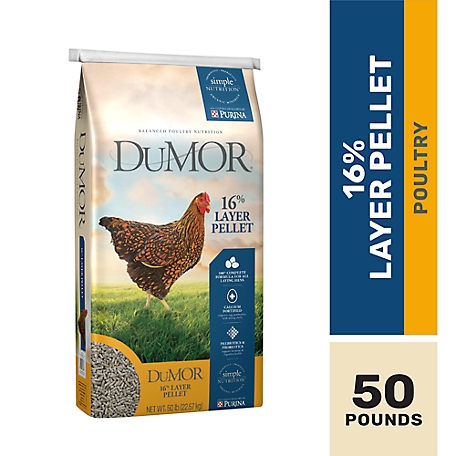
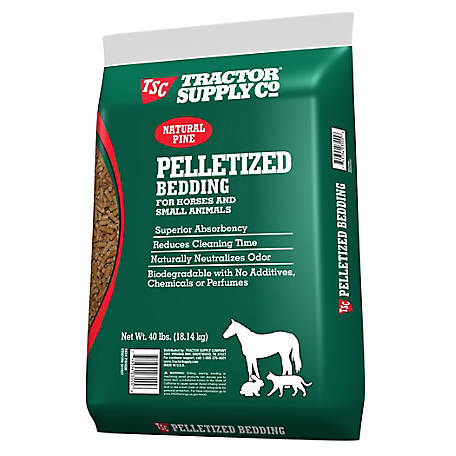


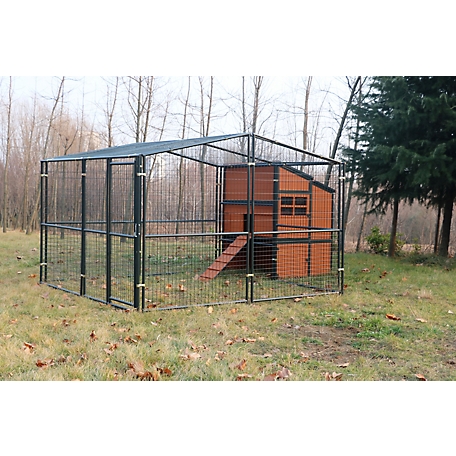



by Paul
This thing look like it will meet my expectations. I will find out tomorrow if it is full of honey. It seems like it is well built
by Ouita
A few frames were coming apart, and needed renailing. A few frames were damaged, but not beyond repair.